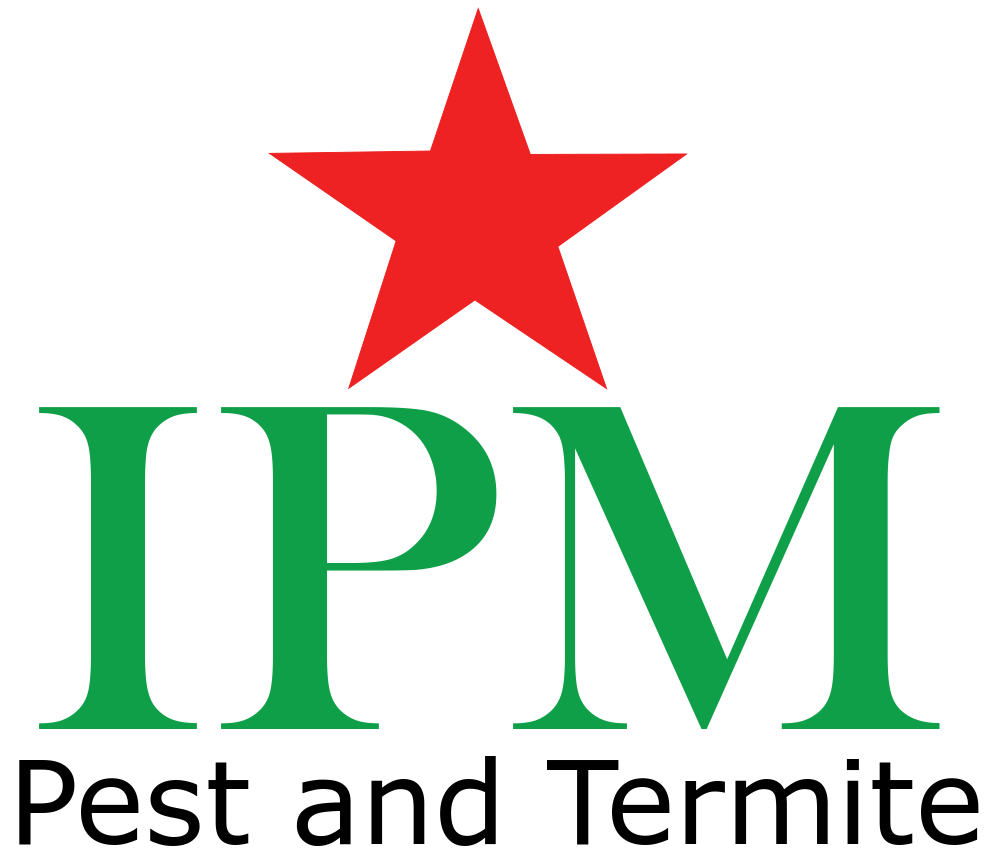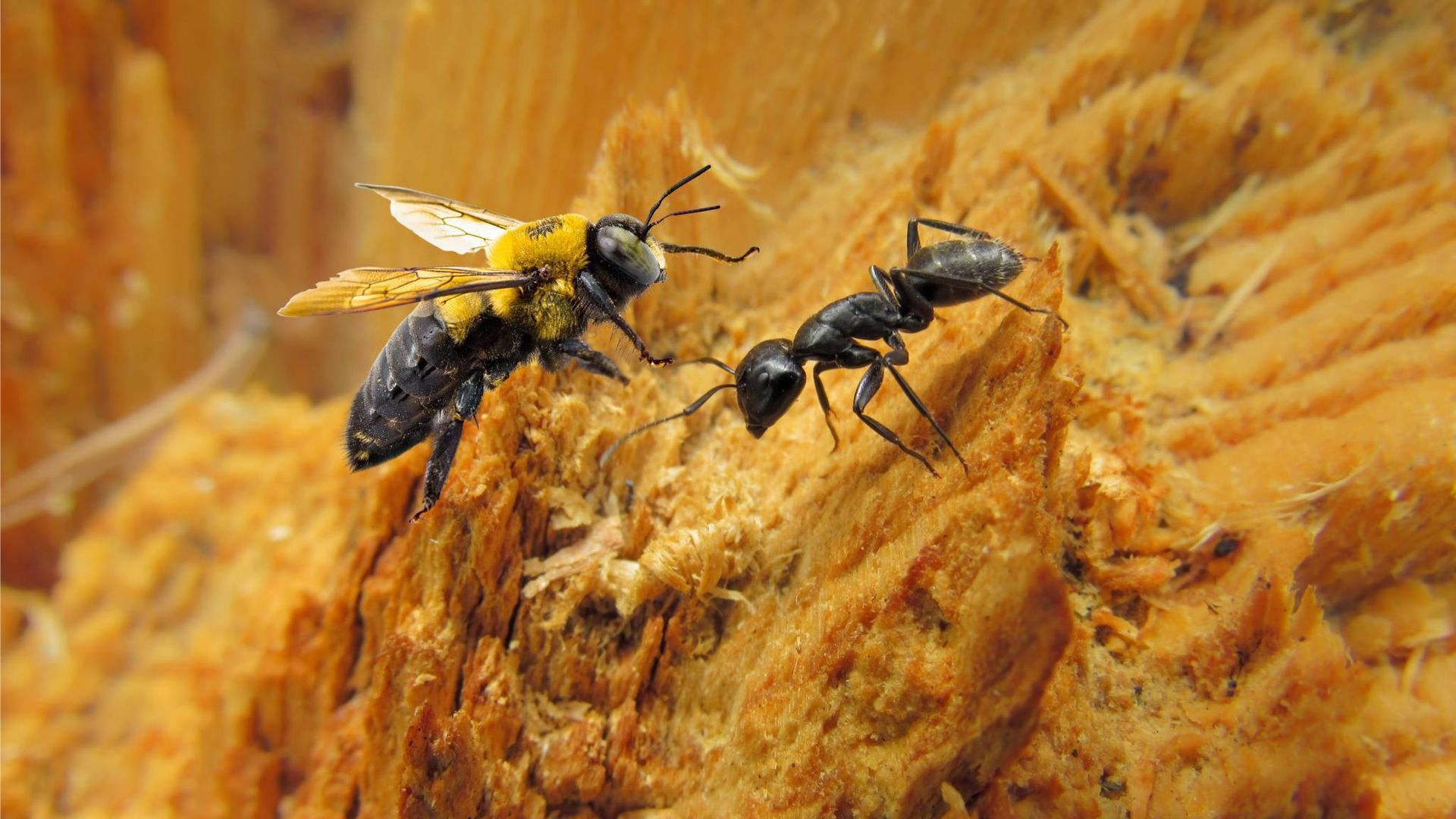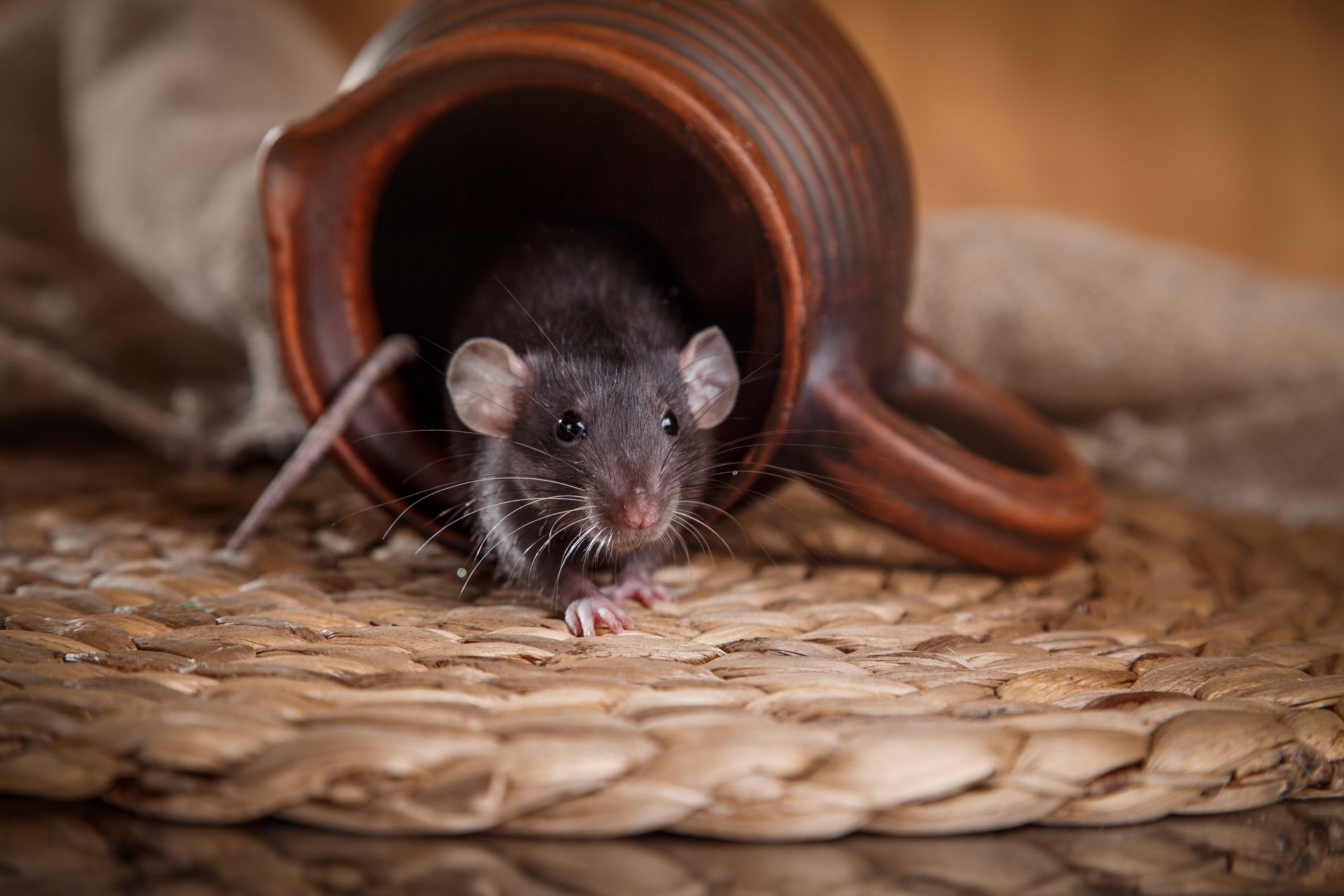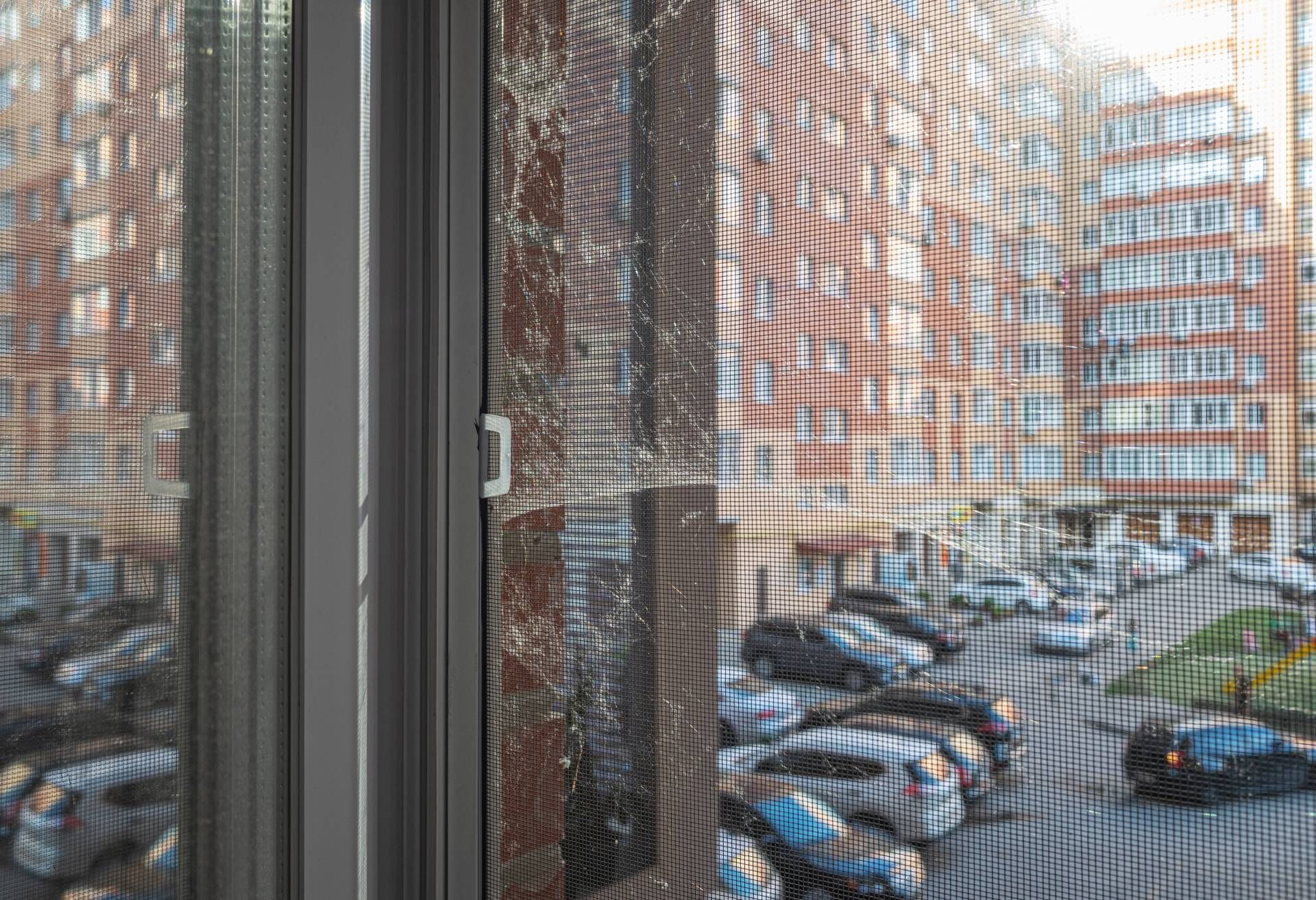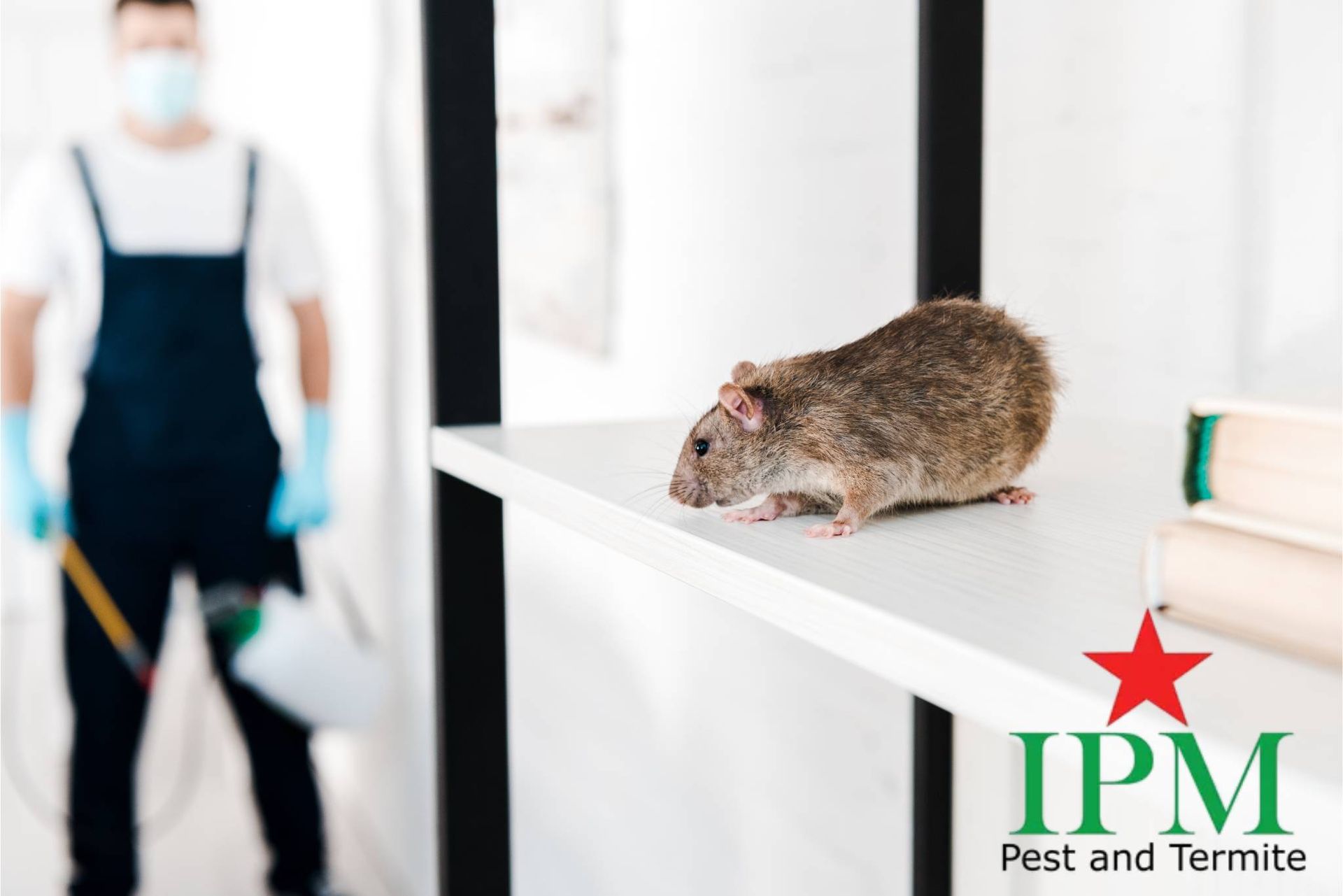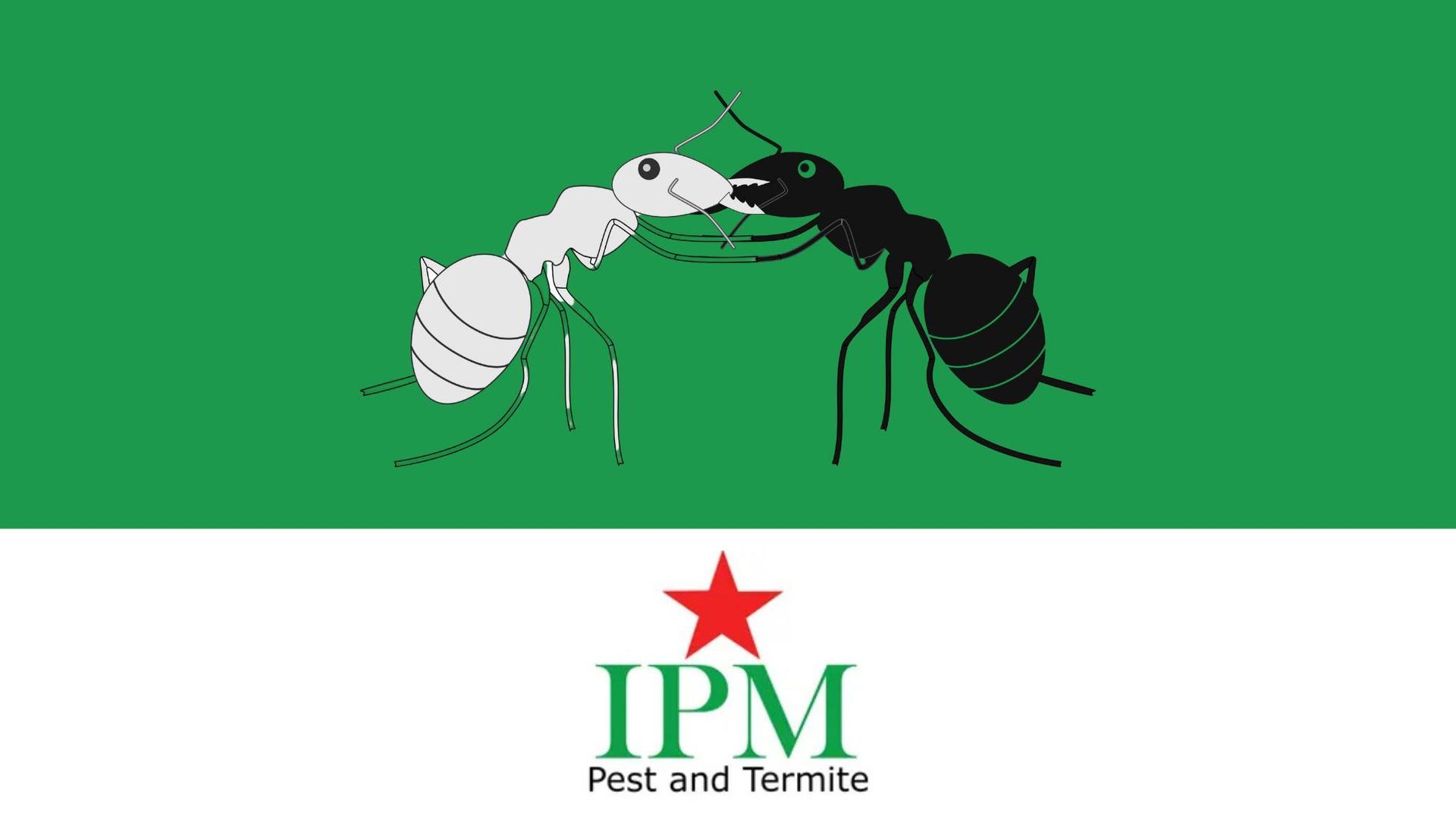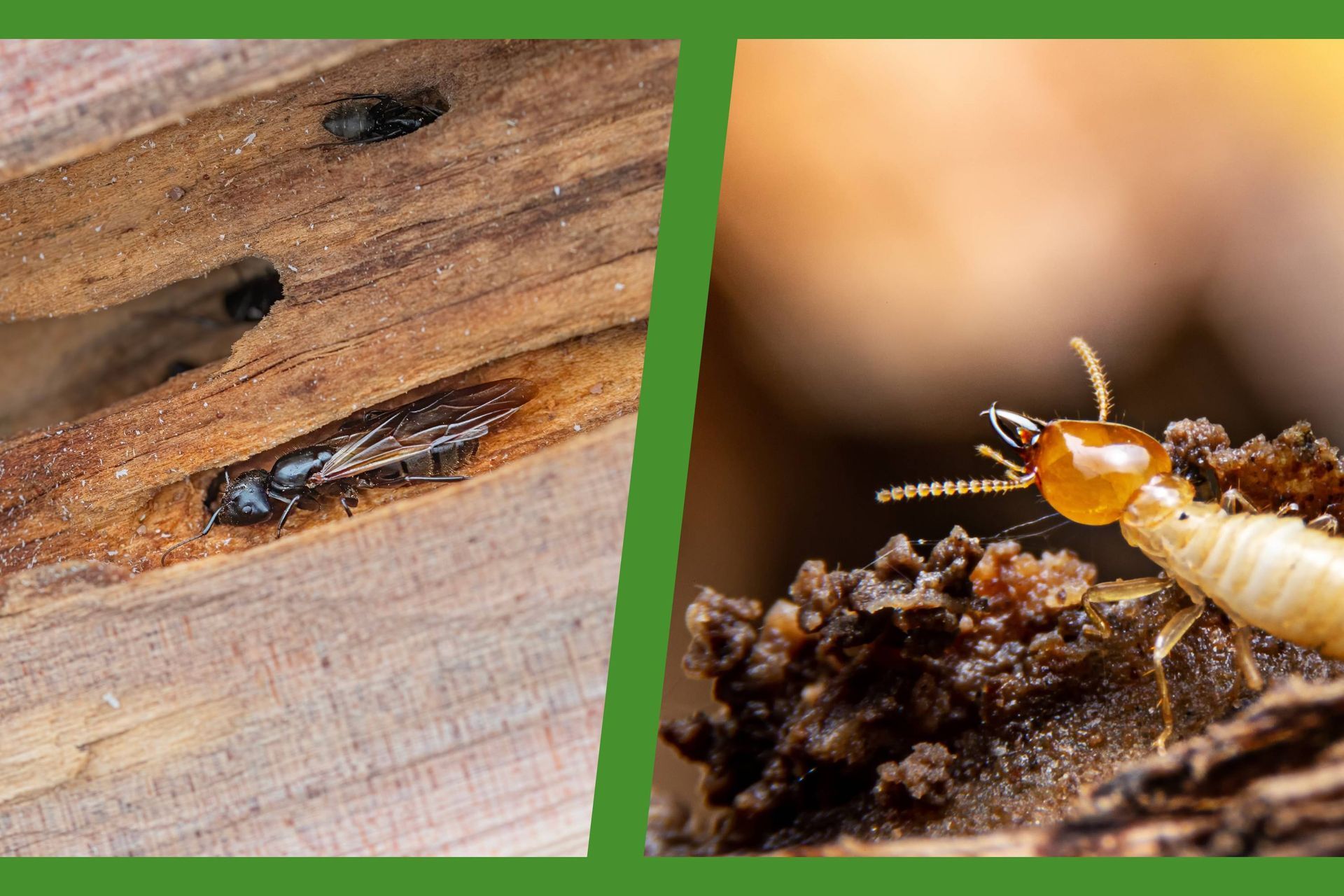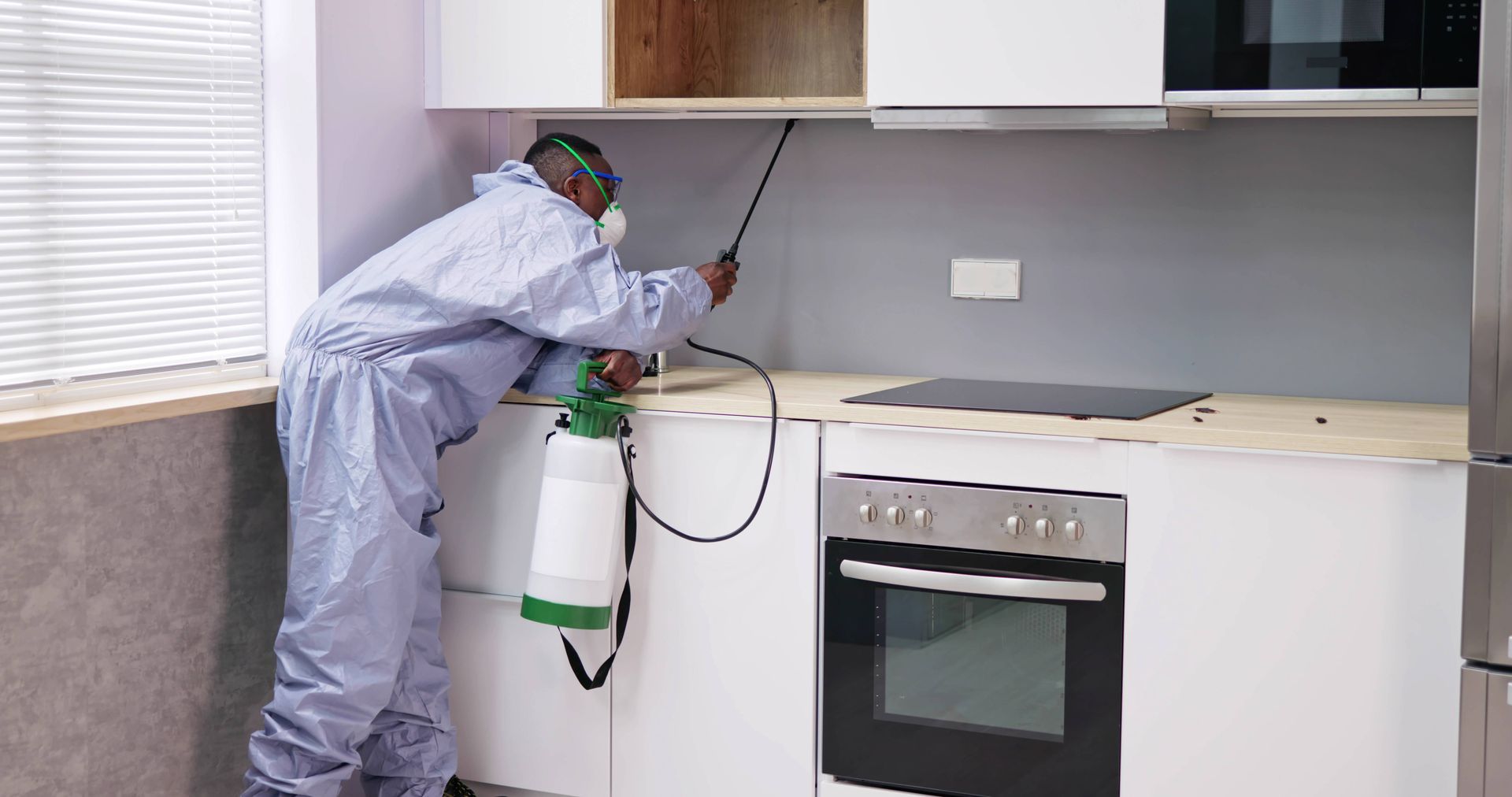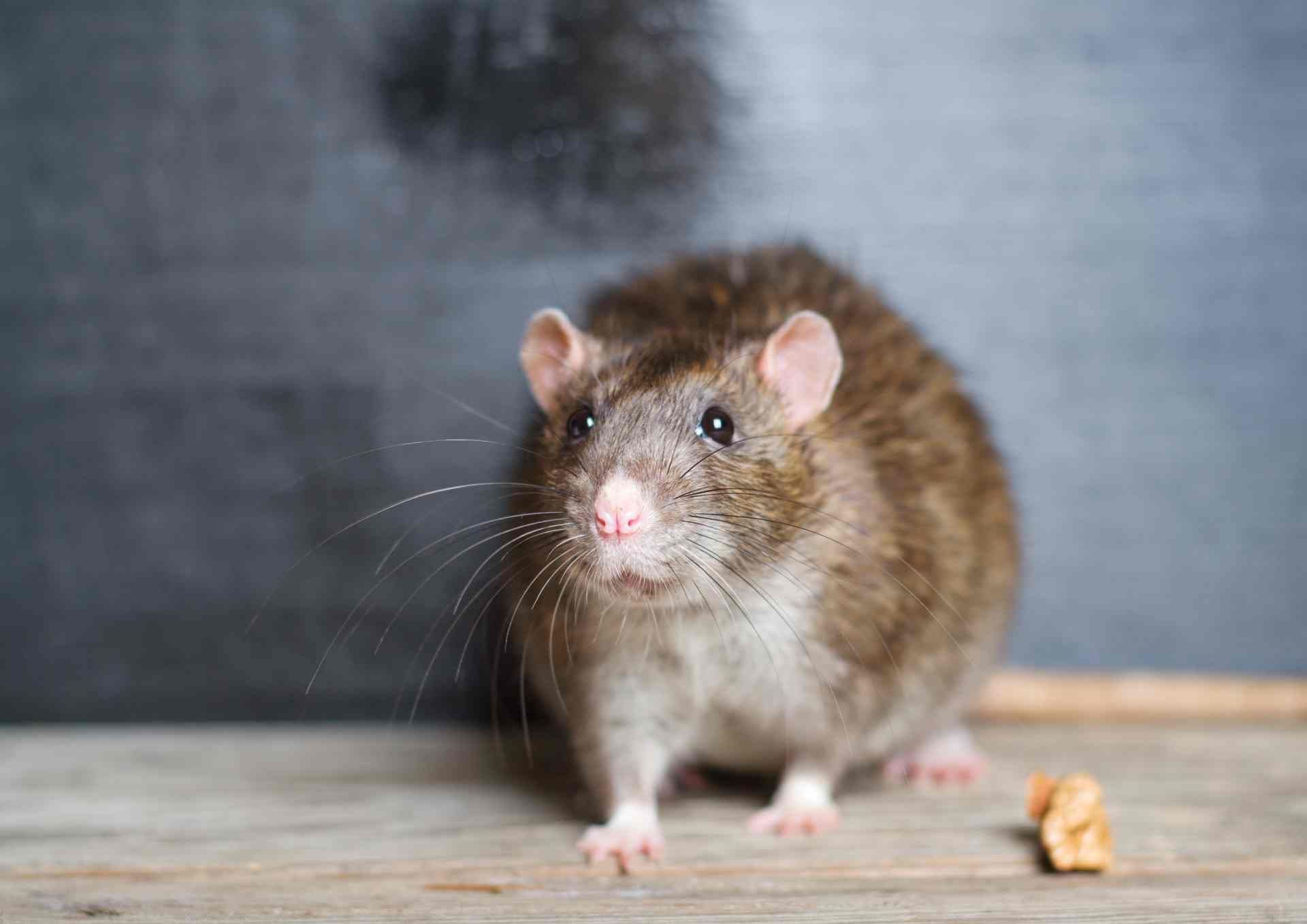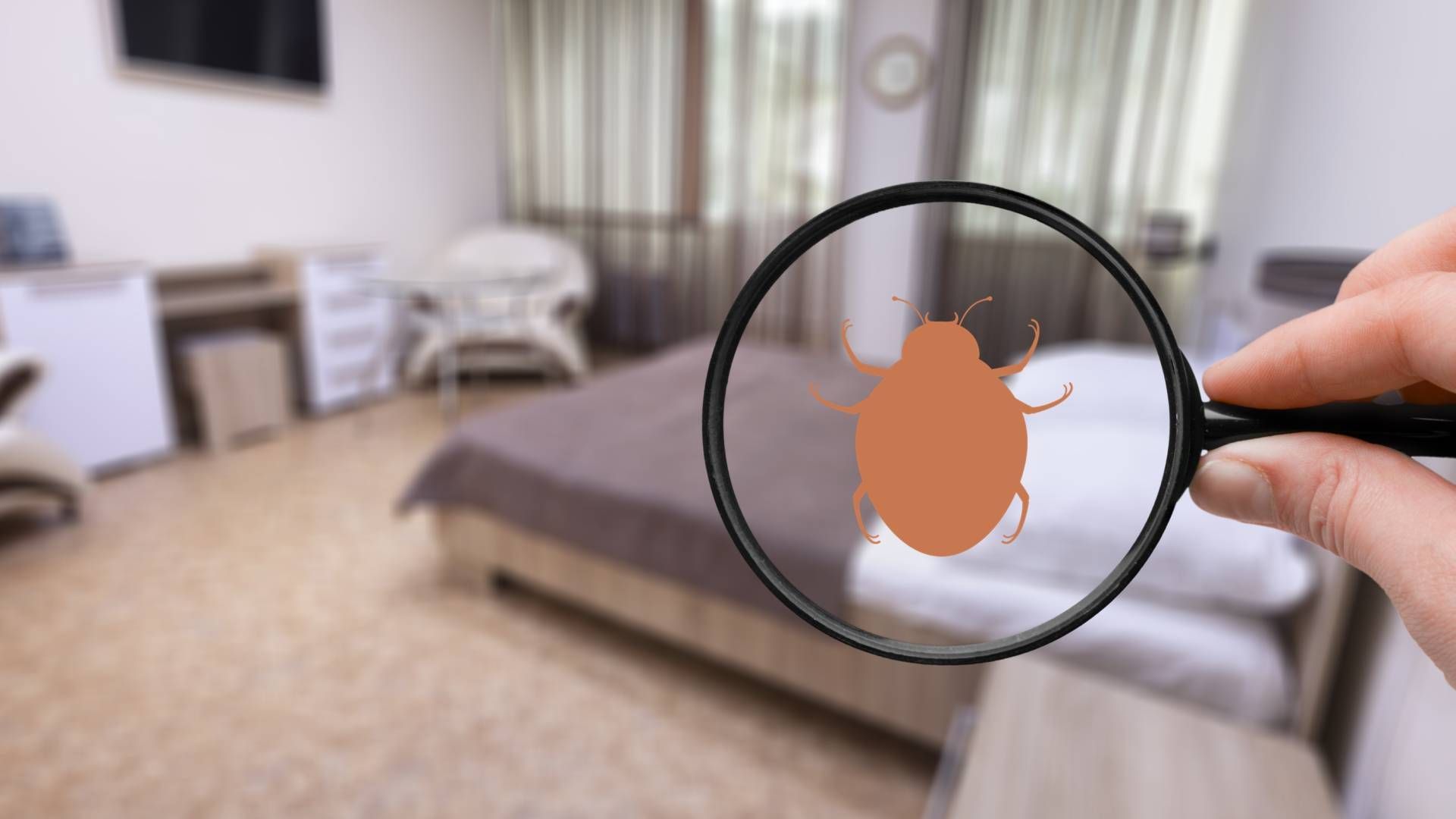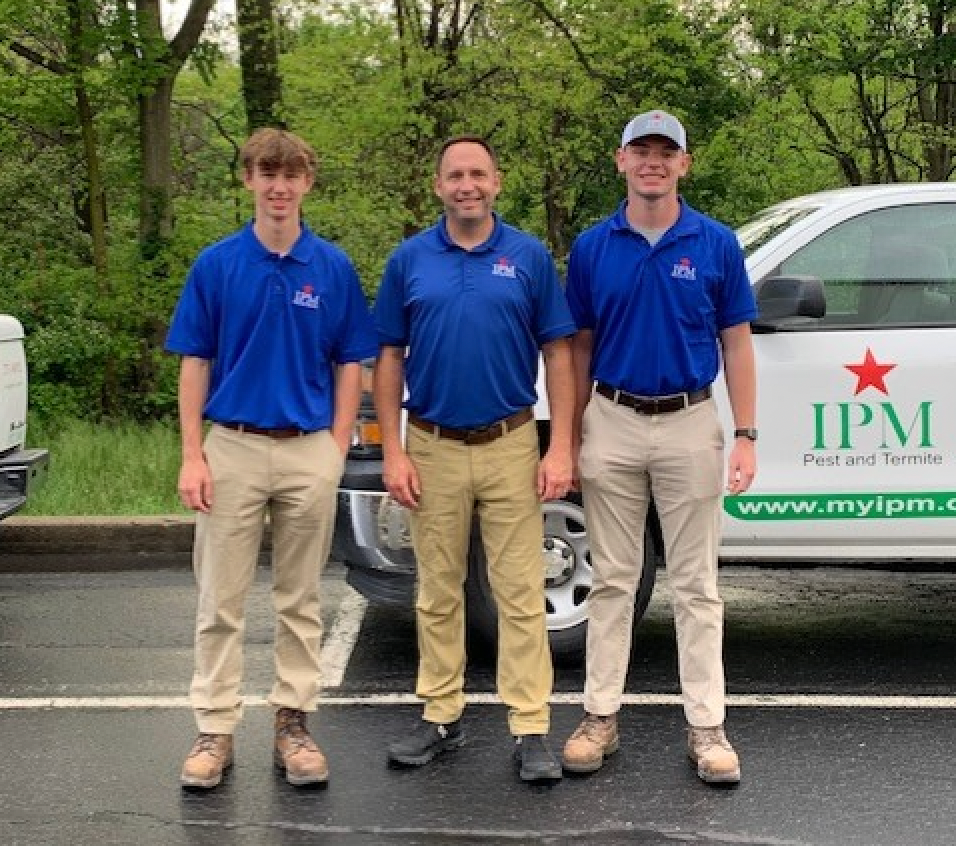Differences Between the Carpenter Ant vs Carpenter Bee
While both sound like woodworking enthusiasts, carpenter ants and carpenter bees pose very different threats to your home. At IPM Pest and Termite, we understand that proper identification is the first step to effective, responsible pest management. Let's break down the key differences between these two common Kentucky wood invaders.
Carpenter Ants Are Structural Saboteurs
These insects are large ants, typically black or red/black. They have an evenly rounded thorax and an oversized stature that sets them apart from other ants. Carpenter ants excavate tunnels (galleries) in wood to nest. While they prefer moist, decaying wood (like from leaks or rot), they readily expand into healthy wood. High moisture areas (leaky pipes, poor attic ventilation, clogged gutters) are prime targets.
- Signs of Infestation:
- Sightings of large, dark ants (especially winged "swarmers" indoors in warmer months - a major red flag).
- Piles of fine dust (frass) near baseboards, windowsills, or in basements.
- Rustling sounds within walls or woodwork.
- Life Cycle: Colonies begin to appear in late spring. Queens lay eggs in moist wood or soil. Colonies grow slowly (often taking years to produce new swarmers) and consist of workers, a queen, and immature ants. They overwinter inside structures.
- Why They're a Problem: Significant structural damage potential, unsightly presence indoors, and a sign of underlying moisture issues in your home.
Carpenter Bees Are Aerial Drillers
You might have seen large, chunky bees (resembling bumblebees) with a key difference: a shiny, hairless black abdomen (vs. the fuzzy, striped abdomen of bumblebees). Female carpenter bees bore perfectly round entrance holes into unpainted, weathered softwoods to create nesting tunnels. While not typically structural destroyers like termites, repeated yearly infestations in the same wood (eaves, fascia, decks, siding, rafters) cause cosmetic damage and allow moisture to accelerate rot and decay.
- Signs of Infestation:
- Round entry holes in wood surfaces.
- Sawdust piles below holes.
- Large, shiny black bees hovering near eaves or wooden structures.
- Life Cycle: Solitary nesters. Adults overwinter in old tunnels, emerge in spring to mate. New adults emerge late summer, forage, then return to wood to overwinter.
- Why They're a Problem: Cosmetic damage to woodwork, potential for wood decay due to moisture entering holes, and the intimidating presence of large bees near the home.
Protecting Your Central Kentucky Home:
- For Carpenter Ants:
- Fix leaks promptly, ensure proper ventilation (especially attics/crawlspaces), clear clogged gutters, redirect downspouts away from foundation.
- Store firewood away from the house and off the ground. Trim tree branches and shrubs touching the structure. Reduce mulch contact with siding.
- Remove and replace water-damaged or rotting wood.
- For Carpenter Bees:
- The single best deterrent is to paint or stain all exposed wood surfaces, especially outdoor areas (eaves, fascia, decks, siding).
- After confirming treatment/absence, plug old holes with wood putty or a dowel coated in carpenter's glue to prevent reuse.
Why Professional Control is Crucial
- Carpenter Ants: Locating the primary nest (often outdoors or hidden within walls) is complex. Your IPM Pest & Termite team will use specialized techniques and targeted insecticides to eliminate colonies at the source and protect your home's structure.
- Carpenter Bees: Treating active tunnels requires precise insecticide application directly into holes at the right time. )ur team will ensure safe and effective treatment, followed by proper sealing.
IPM Pest and Termite: Your Kentucky Pest Solution
Don't let carpenter ants undermine your home's structure or carpenter bees turn your woodwork into Swiss cheese.
At IPM Pest and Termite, serving Louisville, Lexington, Nicholasville, Versailles, Georgetown, Richmond, Winchester, and surrounding areas, we focus on precise identification, targeted treatments, and preventive solutions that are effective while being mindful of our environment.
If you spot signs of carpenter ants or carpenter bees around your home, contact IPM Pest and Termite today for a thorough inspection and customized pest control plan.
Protect your investment and enjoy peace of mind. Call us for Lexington & Central KY at (859) 340-1403 or for Louisville, KY and its surrounding areas at (502) 399-4536.
